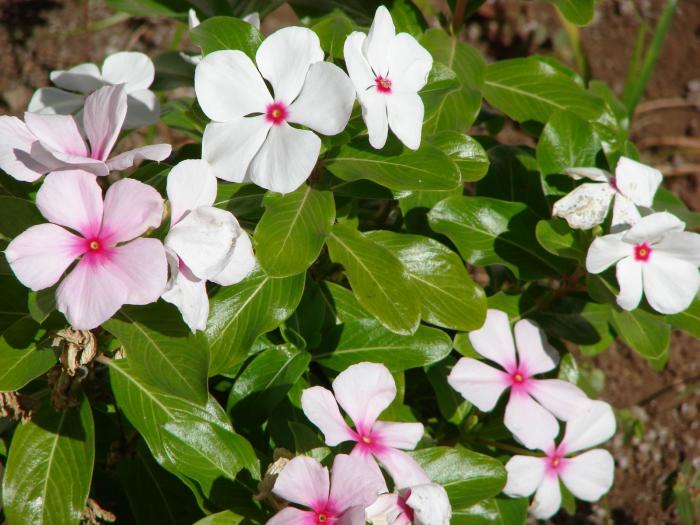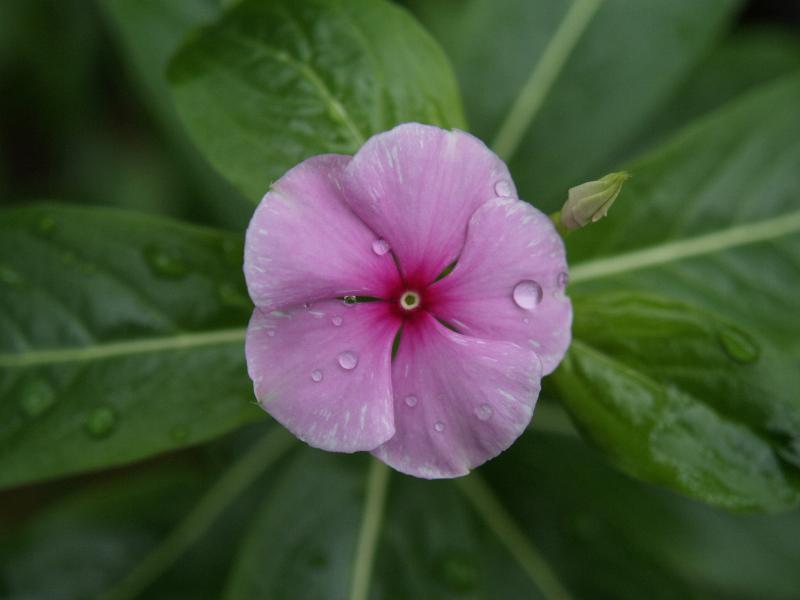The pretty pink flower that has the power to heal!

References
Baskaran, K. K., Kulkarni, R. N., Kumar, S. S. and Sreevalli, Y. Y. 2001. The mechanism and inheritance of intraflower self-pollination in self-pollinating variant strains of periwinkle. Plant Breeding. 120: 247-250.
CANCERBUSTERS.
<URL:http://www.botgard.ucla.edu/html/botanytextbooks/
economicbotany/Catharanthus/index.html>. Accessed 5 April 2011.
FLORIDATA, 2010.
Foster, S. 2010. From Herbs to Medicines: The Madagascar Periwinkle's Impact on Childhood Leukemia: A Serendipitous Discovery for Treatment. 347-350 in Simon, J., Cooper, R., and Hughes, K., editors. Alternative & complementary therapies; a new bimonthly publication for health care practitioners.
International Wildlife. 2000. <URL: http://www.nwf.org/Wildlife/Wildlife-Library/ Invertebrates/~/media/PDFs/Wildlife/medicinalbenefits9-06.ashx>. Accessed 7 Mar 2011.
National Tropical Botanical Garden. 2011. <URL: http://ntbg.org/plants/plant_details.php?rid=413&plantid=2497>. Accessed Mar 29 2011.
Pennisi, E. 1992. Bacteria turns roots into chemical factories. Science News. 197:366-368
PLANT OF THE WEEK. <URL:http://faculty.ucc.edu/biology-ombrello/pow/Madagascar_periwinkle.htm>. Accessed 10 April 2011.
Swerdlow, J. L. 2000. Nature's Rx. National Geographic. 197:98.
USDA, Natural Resources Conservation Services, Plants Database, 2011. <URL: http://plants.usda.gov/java/nameSearch?keywordquery=Catharanthus+roseus&mode=sciname>. Accessed 21 Mar 2011.
To read about the author of this website, click HERE!


